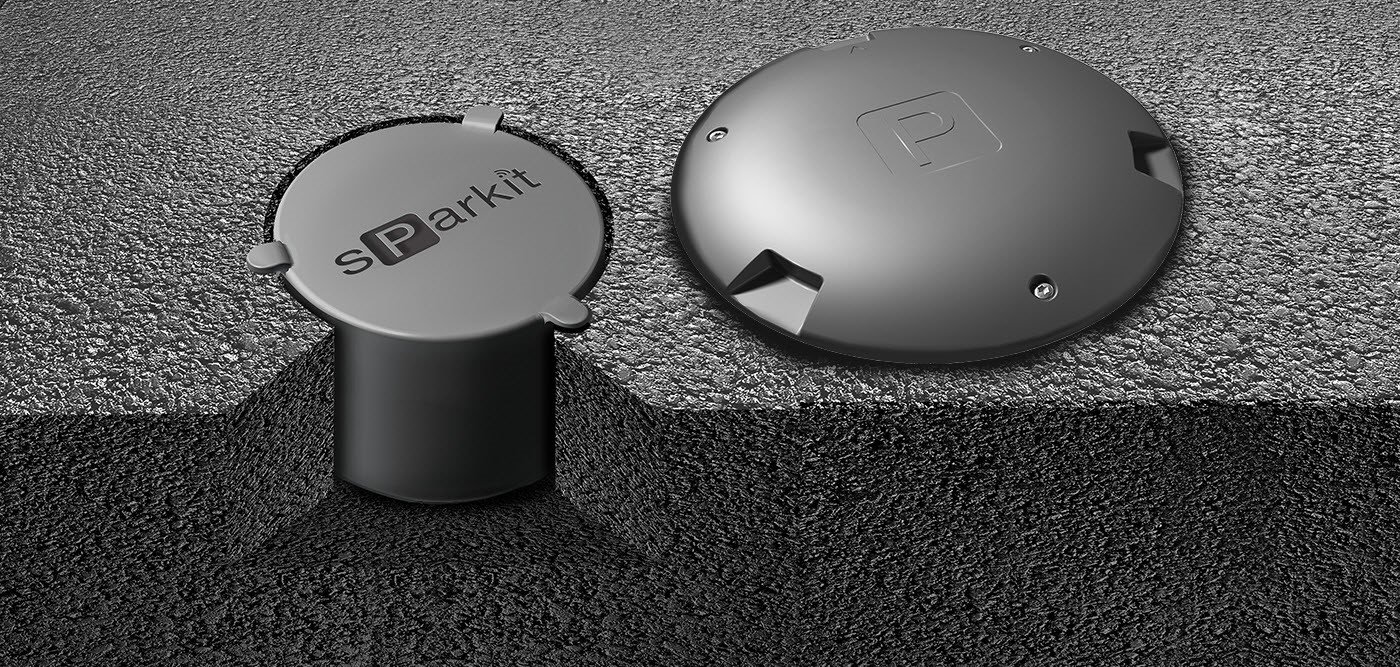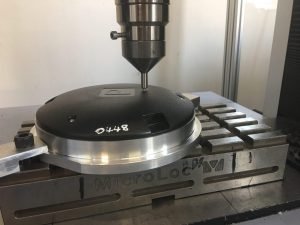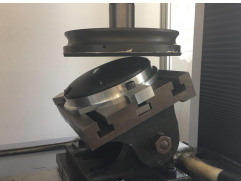At Nwave we are starting off a series of blog articles on one of the key Smart City concepts – real-time parking management. There is quite a lot to discuss about both business and technology. The tech topics include low-power radio communication systems, the physics behind vehicle detection, choice of most appropriate sensor installation method, parking Big Data insights, and others.
But let’s start with the basis of any electronics design – the robust casing for the hardware parts. Regardless of how sophisticated the parking space sensor is, it should also be robustly designed to work on a busy street in any weather conditions. After all, it wasn’t made for the office or lab use, was it?
Flush-Mount and Surface-Mount Vehicle Detection Sensors
From install point of view, there are two major types of parking bay sensors commercially available today:
- The flush-mount sensor installation, as it can be seen in the picture below, requires a hole to be drilled in the road surface. The sensor is fitted in the hole slightly below the surface, which takes most of the stress off. As a result, there are no strict requirements to the size of the plastic casing and its shape – it just has to be cylindrical to fit in a drilled hole.
- As to surface-mount sensors, the requirements are much more complex. Firstly, it needs to be quite thin for vehicle and pedestrian safety reasons. And secondly, the casing should be able to withstand heavy mechanical loads. This makes the design much more challenging.

Flush (left) and surface-mount (right) parking space sensors
Today we will not dwell on the advantages and disadvantages of each type as this is a bigger topic for another article. Instead, we will lay the groundwork for such comparison by demonstrating that surface-mount sensors can be just as robust and reliable as the flush-mount ones.
Compression tests in the lab
The first step for our parking space sensors trial was laboratory compression tests. There are two types of such tests called point load and plate load tests. The naming is pretty self-explanatory as it can be seen in the photos below.
 Point Load |
 Plate Load |
|---|
The first test simulates mechanical stress from a small but sharp object like a tiny pebble edge (1mm2 surface area). The plate load tests aim to reproduce large area of contact of a car tire driving over the sensor.
Our sensor casing proved very robust: 650kg (1,430lbs) for point load and 10 tons (22,000lbs) for plate load. But the most interesting part was ahead!
Testing surface-mount smart parking sensors in a real-life environment
Although the compression tests showed very encouraging results and were helpful for initial checks, it was very clear that no laboratory can reproduce real street environment. Only extensive field trials could give the final resolution.
Fortunately, Nwave has several projects in the UK where our wireless vehicle detection solution helps track the availability of parking bays in different settings. Some sensors were even placed on a double-decker bus route! The total weight of such a bus may exceed 13 tons when laden but its high driving speed is even more essential! All these factors make this particular setting a perfect test environment for surface-mount parking spot sensors. Here is a video capturing our real-life tests in progress. See for yourself how robust and high-pressure resistant some smart city solutions can be.
It’s important to keep in mind that the load which the sensors bear is not static. Vehicle detection sensors installed on a busy street or at parking lots with high turnover are run over by cars many times a day. Even a moderate frequently repeated load may result in deterioration of the plastic ultimately causing the failure of casing integrity.
In this opening blog post we simply wanted to emphasize quite an obvious truth that engineers working on hardware design should always think of the most extreme conditions that their product might face in real life and test the electronics in such environments. This the best way to put a truly robust IoT solution into mass production and avoid the unnecessary and very painful changes to the design after the product is launched.

